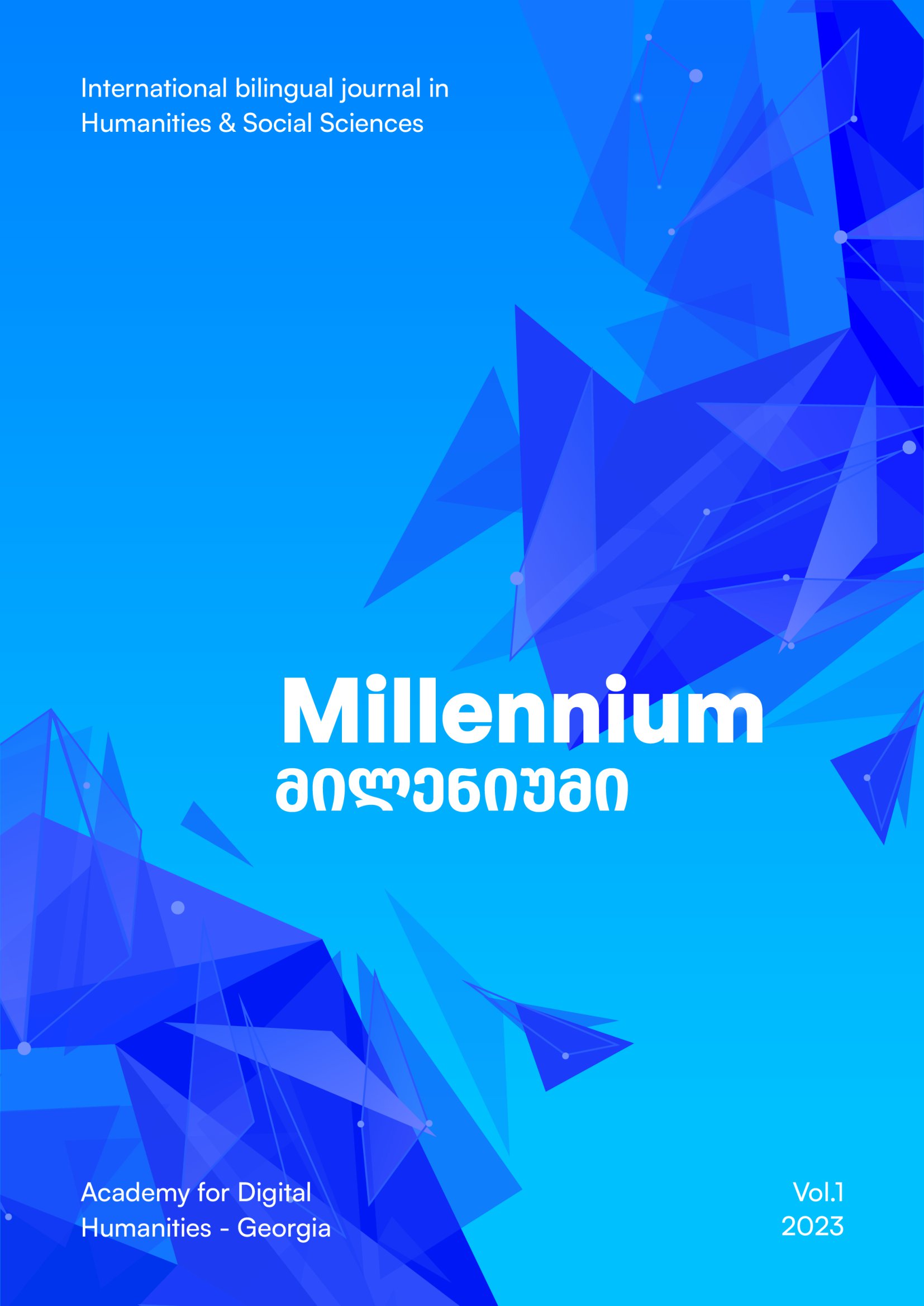Analysis of Argumentative Structures: Argumentation Schemes in Georgian Oral Political Speeches
Main Article Content
Abstract
Our daily verbal communication – official, formal, informal, about general, professional, or private topics – represents our subjective opinions that mostly include reasoning and arguments which we use in order to prove our point. The linguistic realisation (verbalisation) of our personal position always requires the use of extraordinary syntactic-pragmatic structural elements, such as arguments that add credibility to the statement. The study of argumentative structures allows us to identify the linguistic cues that turn a regular expression into an argumentative statement. Understanding those cues in a particular language helps the speakers improve their communication skills.
Researching argumentative structures in the context of natural language processing has become a very active process over the past few years. One of the main focuses is on the computational processing of argumentative texts, which significantly increases the feasibility of automatic processing and the semantic analysis of large volumes of text data.
This paper aims to describe and reveal argumentation structures in the spoken Georgian language. The research data comes from a sub-corpus of the Georgian National Corpus, the Georgian Political Text Corpus. The database is thematically diverse and contains politicians’ speeches and TV debates, specifically:
● public speeches of the Presidents of Georgia and other politicians (Zviad Gamsaxurdia, Eduard Shevardnadze, Mikheil Saakashvili, Noe Jordania, Giorgi Kvirikashvili, Shalva Natelashvili)
● recordings of Parliament and TV debates (Parliament sessions, political TV shows).
The corpus of political texts not only contains thematically diverse materials but is also quite representative from a quantitative point of view:

This article analyses the constituent parts of an argumentative text such as premises and reasoning and their connections, with the aim to generally characterise the argumentative structures in Georgian on the basis of Janier and Saint-Disier 2019.
1) Arguments based on analogy:
Premise 1: Case C1 is similar to case C2.
Premise 2: A is true (false) in case C1.
Conclusion: A is true (false) in case C2.
2) Arguments based on negative consequences:
Premise 1: If an action leads to bad consequences, everything else being equal, it should not be exerted.
Premise 2: If action A is exerted, bad consequences will occur.
Conclusion: A should not be exerted.
3) Arguments based on expert opinions:
Premise 1: E is a reliable authority in the domain S.
Premise 2: A is a proposition contained in S.
Premise 3: E asserts that A.
Conclusion: A is true.
4) Arguments based on examples:
Premise 1: Example 1 is an example that supports claim P.
Premise 2: Example n is an example that supports claim P.
Conclusion: Claim P is true.
5) Arguments based on positions to know:
Premise 1: Source A is in a position to know something about domain S which contains proposition P.
Premise 2: A asserts that P (in domain S) is true (false),
Conclusion: P is true (false)
6) Arguments based on popular opinions:
Premise 1: Everybody does X.
Premise 2: X is a good thing to do.
Conclusion: X must be the right thing to do.
7) Arguments based on causes and effects:
Premise 1: Doing X will cause Y to occur, or if X occurs then Y will occur.
Premise 2: X is done, or X occurs.
Conclusion: Y will occur
